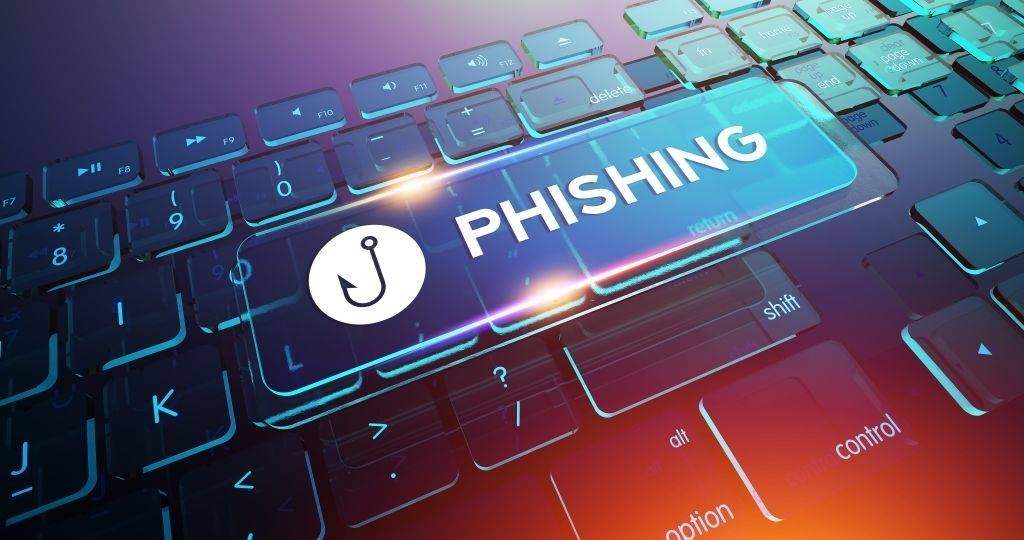Phishing attacks form a massive part of cybercrime or hacking. Thus stopping phishing harassments is significant as more people are interested in theft of your confidential information. Mostly those who are related to the technical field have successfully learned various ways to shun spam electronic mails. But somehow it has become impossible in identifying the scam emails as they appear to be highly persuasive. Some even come with customized messages which will make you convinced that it is especially for you. Thus to stop these scam attacks, you should be familiar with all the possibilities.
In this digital world, phishing hits have compelled several sufferers in handing over their various security numbers, CVV, PINs, secret bank information, and many more. Thus be aware prior to clicking any unidentified link, since you can be the fatality of the upcoming phishing scam.
Definition of Phishing
Phishing scammers influence an individual to offer admittance to their smartphone, delicate data, or bank accounts. They enter your systems mainly as the trustworthy organizations or sources that will infect your system with a virus or virtually steal something more valuable. These schemes act as bait or trap to get all your precious data. It can be everything ranging from the login details of the social media channels to steal anyone’s entire identity.
You might encounter a scamming attack through an unknown URL, attachment, completing a form, or answering an electronic message. You always have to remain alert all the time if you go by this logic.
Tips for prevention of phishing attacks
Whether we want it or not, almost every day, we are in some way or the other part of phishing attacks. 90% of them are filtered by our email service providers and the remaining 10% are rejected by the user after recognizing which emails are significant for their work. But you should also be aware that phishing attacks are not just limited to emails, the scammers can also do it through internet browsing or any mode of communication. Thus by following some simple tips, you might highly decrease the threat of falling into the scammer’s hands.
Ways to Secure You from Phishing attacks
Protection in this virtual world begins with the behavior and mindset of possible cyber threats. Even the most cautious users become innocent victims of the cunning scammers. Since scammers are always coming up with new and personalized ways for their con, these techniques are becoming even more highly technological with time. Below we have shared some measures through which you can escape from phishing duplicates.
Do not hand over confidential data to anyone on internet
Never open any URL present in an electronic mail with a warning in your bank name or any institute you are associated with. In place of that, open the web browser, check the URL directly and ensure the website is not fake.
Never open any attachments.
Never unlock any attachment in a strange or doubtful email, particularly in any MS office product or PDF form.
Always update the OS and the software
Most Windows operating products are frequent targets for malware and virus attacks. Thus ensure the OS and the software are all updated, specifically for those who currently have an OS lower than the Windows 10.
Never panic with an alert message.
The most reputed and reliable group will by no means inquire for any classified information like account details over electronic mail. If you get any e-mail regarding account or card block or receive any high amount of penalty, instantly get rid of the message and directly call or write to the associated person in order to get a confirmation that everything is well.
Do not snap any embedded links.
Never click any embedded links present in any message as there might be a presence of malware in it. Be alert of opening any reply from any vendor. So our recommendation is never to unlock any communication attached with an embedded link. First, verify the actions and policy of the vendor who is requesting the necessary information.
Do not answer any spam emails.
Spammers confirm the email ids of the sufferer through the log reactions. The more a person will react to these messages, the more susceptible you will become to phishing cons.
Check out the unsubscribe emails carefully.
Most phishing scammers mail unsubscription letters for collecting and validating your email id. If you opt for the unsubscribe option, this will enhance the odds of receiving more spam emails. Thus it is best to ignore or delete them.
Implement filters for anti-spam
Only open those emails which are verified through spam surveillance and include antivirus solutions.
By creating a public e-mail account
Register an email id as your unrestricted account to utilize in the registration process of any public website. Never apply this account for your own bank transactions or another purpose that might include any private data.
Conclusion
Handling phishing harassments can be a bit tricky occasionally. But by following the above measures and tips, you will encounter a minimum risk involved in falling into the set trap of the scammers for phishing cons.

